‘I Process Big Questions Through Story’
Nadine Brandes began her storytelling career by thinking about death.
As a pastor’s daughter, she grew up enjoying Christian-made fantasy tales. Of course she starting by reading C. S. Lewis’s The Chronicles of Narnia series, yet she also read the newer Blood of Kings fantasy series by novelist Jill Williamson.
Brandes said that before she read those stories, “I had never stepped away from a book feeling like my faith had been affected.”
Later, a real-life event began to reshape her faith and perspective on stories. An acquaintance of hers died, and Brandes could not help comparing her life to the accomplishments of this young man who had shared her age.
From future dystopia to magical pasts
Nadine Brandes has written four published novels, with more on the way.
- A Time to Die (2014)
- A Time to Speak (2015)
- A Time to Rise (2016)
- Fawkes (releases July 10, 2018)
“Guy Fawkes’s 1605 gunpowder plot gets a color-magical twist.”
—Lorehaven magazine
“I process big questions through story. That question instigated the story of my first novel, A Time to Die.” Brandes wondered: What if a person in a dystopian society, asking the same questions about life, death, and legacy, knew for a fact that she had only one year left to live?
Brandes wrote three books in her Out of Time series (2014–2016, Enclave Publishing). Fans began to discover her willingness to explore such themes.
“Mostly I’ve had positive responses because they are heavier questions that are relatable to a lot of people,” Brandes said. “I think for anyone who’s had to deal with the heavier questions . . . they have connected a lot with the characters.”
Brandes recalls many positive experiences growing up in her church. But like other pastors’ kids, or Christians altogether, she still wondered about her own identity. She couldn’t help asking herself: who am I, outside of my family? At college, she struggled with her beliefs, especially compared with other Christians.
Since then, her stories often reflect the theme of finding one’s purpose in life, an idea illuminated with new colors in her latest novel Fawkes (2018, Thomas Nelson).
In this story, rebel leader Guy Fawkes’s teenage son, Thomas, tries to discern which beliefs he’ll fight for: the cause of his devoted father, a color-magic Keeper who wants to kill England’s king? Or some other truth he’s been blinded from seeing?
“The themes of fighting for truth, or even just digging into truth versus what you believe, and why you believe it, really came from the [U. S.] political climate when I was writing it two years ago,” Brandes said. “It arose from my frustration of wanting to somehow dig into truth and share that with others. And I found that working its way very naturally into the story of Guy Fawkes.”
“It was like someone had written the world for me, and I just had to figure out how to translate the manual.”
— Nadine Brandes
Brandes lived in York, England, for four months after college. When a publisher approached her about a historical fantasy novel, she drew on this experience. She also created a color-based magic system for her alternate history.
It turned out these imaginary additions helped illuminate the real-world history and passions of religious factions, who fought for control over England in the 1600s.
Brandes said she spent two months studying that time period, including primary sources such as maps and Old English texts.
“It was like someone had written the world for me, and I just had to figure out how to translate the manual,” Brandes said. “I loved the idea of bringing light into what can come off as a very dark story.
“We can learn a lot from history, but history has been taught so many times that there’s kind of this veil over it.”
— Nadine Brandes
“We can learn a lot from history, but history has been taught so many times that there’s kind of this veil over it,” she said. “The fantasy aspect can bring a newness to history, as well as a current-day view, through new eyes, into themes that were accurate in a historical time period but are still accurate today.”
Readers of Fawkes will enjoy the story most if they know the difference between history and fantasy, and be willing to embrace both at the same time, she said.
For example, Brandes kept the recorded names and roles of real-life Gunpowder Plot conspirators, including Guy Fawkes himself as well as Robert Catesby and Thomas Wintour. But she embraced the imagination of exploring Guy Fawkes’s son, about whom history only speculates, and other characters in and around the tumult of the times. Not to mention the magic system that lets anyone so trained, like Shakespeare-era superheroes, control elements and items of particular colors.
“Standing up for what you believe isn’t always the same as standing up for truth.”
— Nadine Brandes
Along the way, Brandes said, she hopes fans will ponder the questions of who they are, in God’s light, and how they should pursue truth in a world of murky colors.
“Seek the Source,” Brandes wrote in her behind-the-scenes material outlining the themes of Fawkes. After all, like figures of fantasy and history right up until our time, “Standing up for what you believe isn’t always the same as standing up for truth.”
Seeing truth in full color
Fawkes is alternate-history fantasy. But Nadine Brandes chose a few real-world Scripture texts that inspired the novel.
- “You will seek me and find me, when you seek me with all your heart.”
— Jeremiah 29:13 (ESV)- “When the Spirit of truth comes, he will guide you into all the truth, for he will not speak on his own authority.”
— John 16:13 (ESV)- “My son, if you receive my words and treasure up my commandments with you, making your ear attentive to wisdom and inclining your heart to understanding; yes, if you call out for insight and raise your voice for understanding, if you seek it like silver and search for it as for hidden treasures, then you will understand the fear of the Lord and find the knowledge of God.”
— Proverbs 2: 1–6 (ESV)









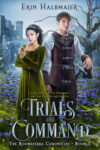


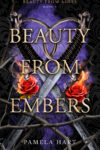
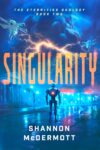
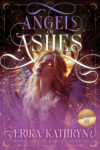

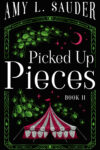
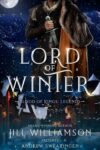



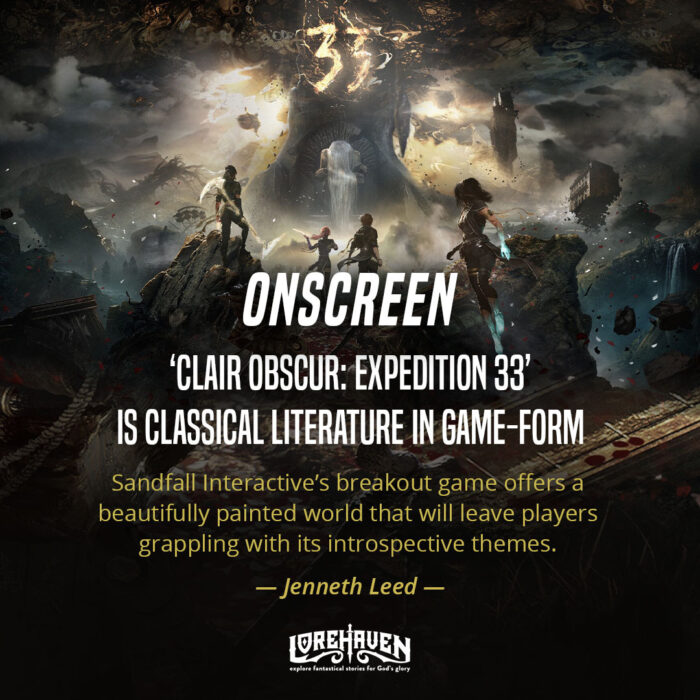


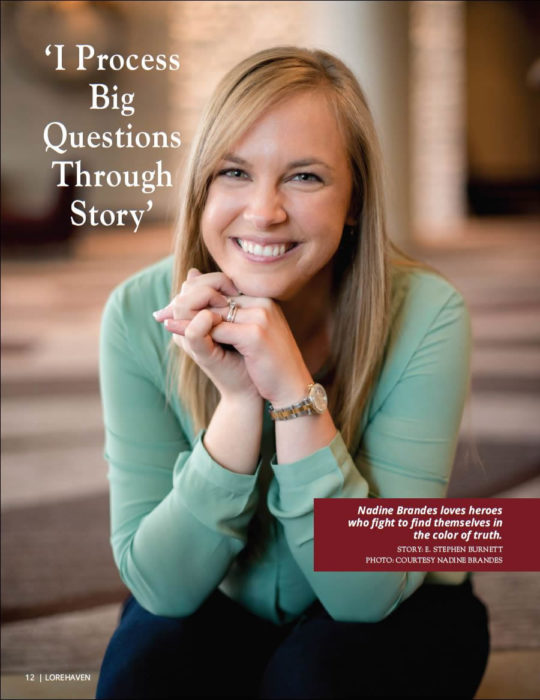
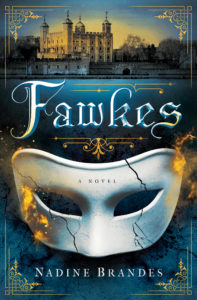




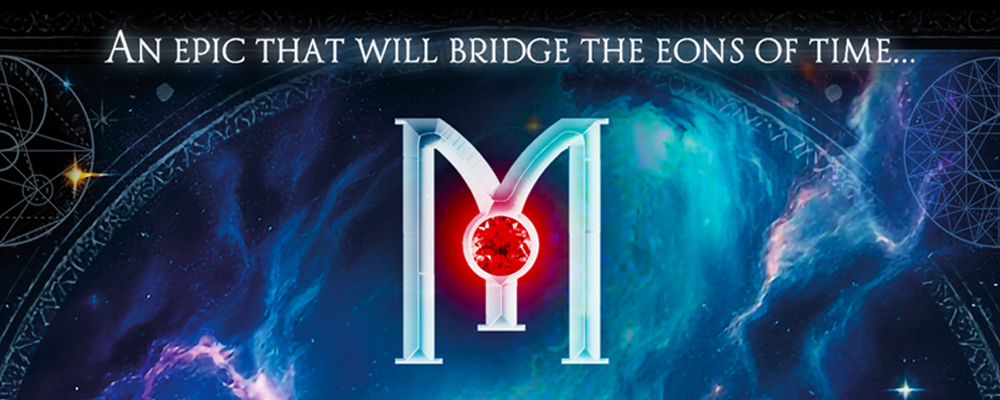

It is a joy to find another author beside Brandon Sanderson who explores a magic system that incorporates colour.
Sanderson’s ‘Warbreaker’ employs BioChromatic Breath. This breath activates magical abilities and is deeply embedded into the character development of his book’s players and the broader scope of Sanderson’s Cosmere Universe.
In contrast, Brandes’ ‘Fawkes’ features a colour system that, although not as intricately detailed, is equally intriguing. Individuals in Brandes’ universe connect to a colour’s ‘essence’. While I love that Sanderson’s magic system impacts an individual’s personal development and promotes diverse magical interactions, what fascinates me about Brandes’ work is that her colour system intertwines magic with historical events. This is really fun! I do enjoy when authors merge the ‘fantastical’ with real-world events.
I highly recommend Sanderson’s ‘Warbreaker’ to lovers of fantasy and magic, however its complexity can be daunting for new readers. The heavy world-building may impact their reading speed. In this light, I point a beginner to Brandes’ more straightforward and easy-to-understand colour magic system and world building.
While the narrower scope of her story might limit magical exploration and utilisation, Brandes’ (Fawkes) is a great jumping-off point. Not taking away from her talent, think of Brandes’ work as the shallow end of the pool, ideal for young readers growing their confidence before diving into the deeper waters of Sanderson’s complex works.
All that said, I respect both authors’ creative output. Both systems enhance their narratives, offering distinct advantages depending on the reader’s ability and taste.